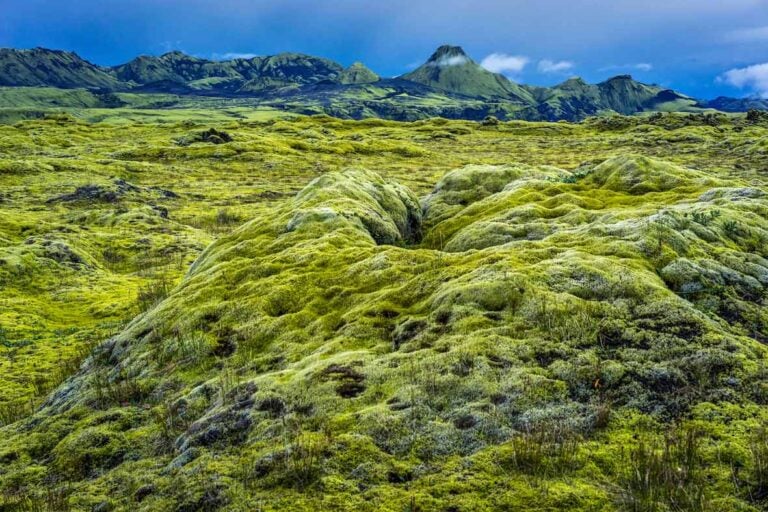Nearly 250 years ago—on June 8, 1783—an eruption began in the Laki craters in Vestur-Skaftafellssýsla county in South-Eastern Iceland. This massive volcanic event, known as the Skaftá Fires, occurred north of Kirkjubæjarklaustur and produced the largest lava flow on Earth in the past millennium. When the eruption ended eight months later, in February 1784, the lava field, Eldhraun, covered an area of 580 km², with a total volume exceeding 13 km³.
The eruption released vast amounts of ash and toxic gases, which spread across Iceland, killing 80% of the sheep, 60% of the horses, and about half of all cattle. The resulting famine claimed over ten thousand lives—roughly 20% of the Icelandic population at the time. This catastrophe, known as the Móduhardindin (“Haze Hardships”), is believed by some historians to have contributed to the French Revolution of 1789; the cooling effect of the volcanic haze led to widespread crop failures in Europe, considered by many to be the tipping point of the uprising against the French aristocracy. The Laki craters, from which the deadly haze originated, were designated a protected natural site in 1971.
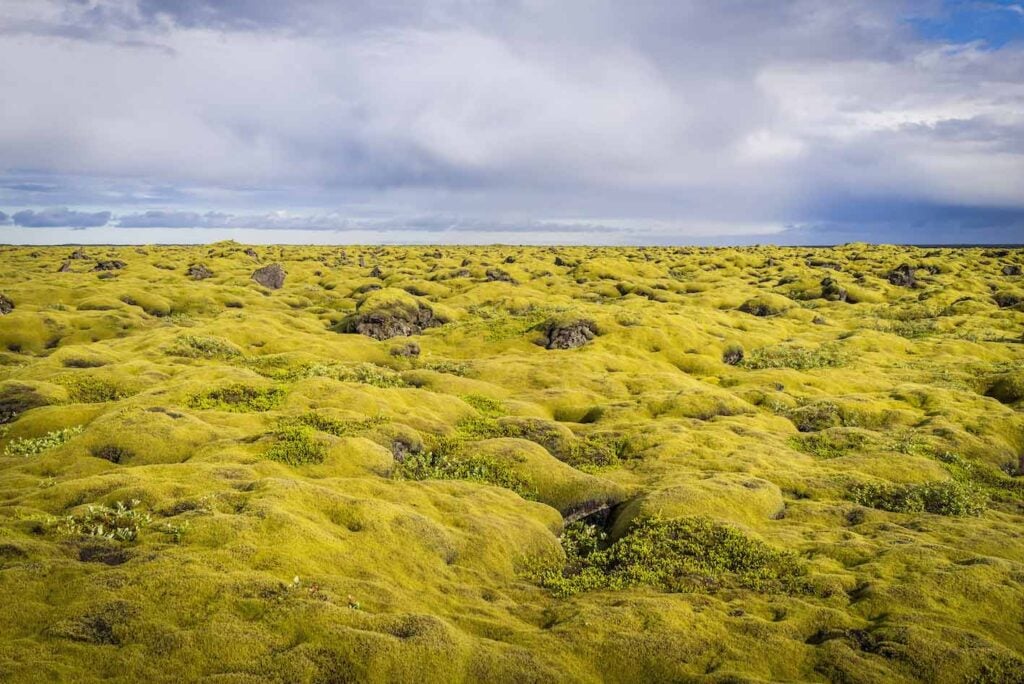
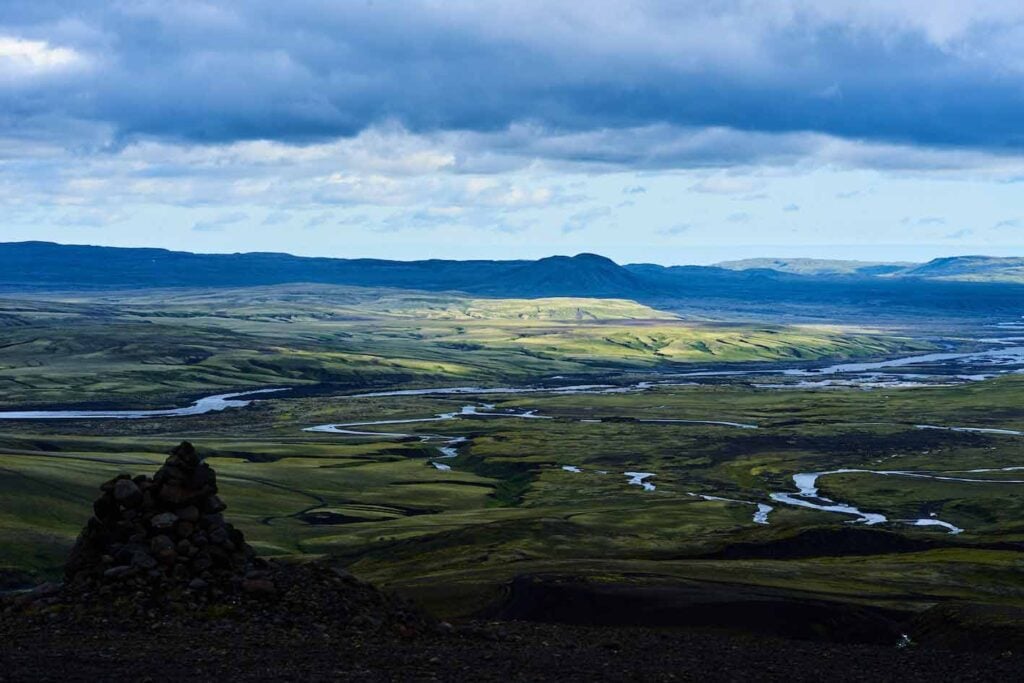
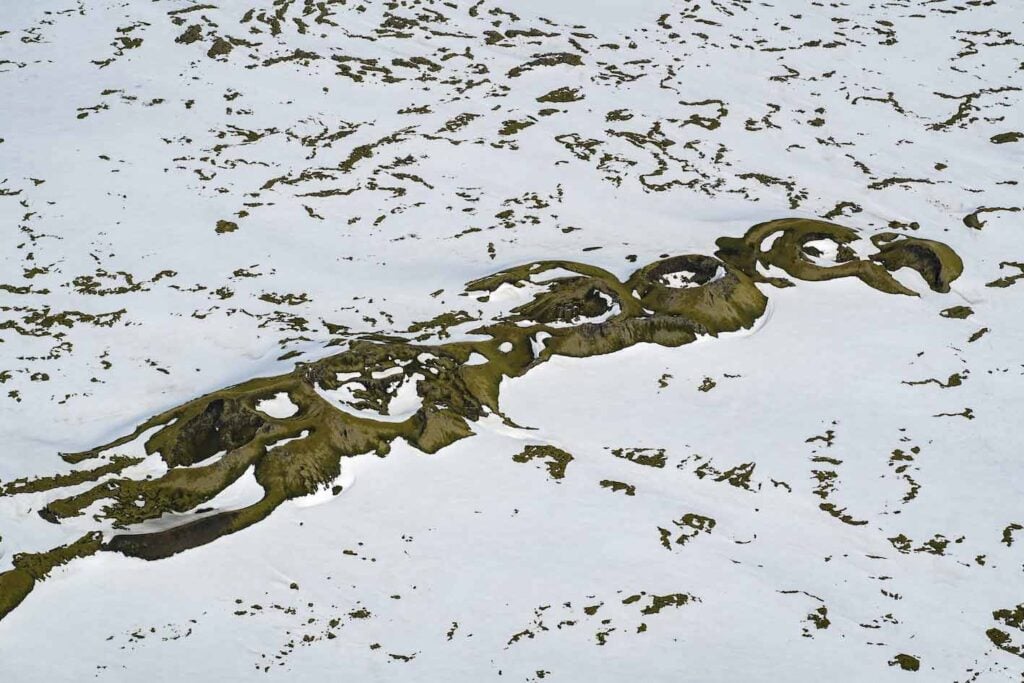

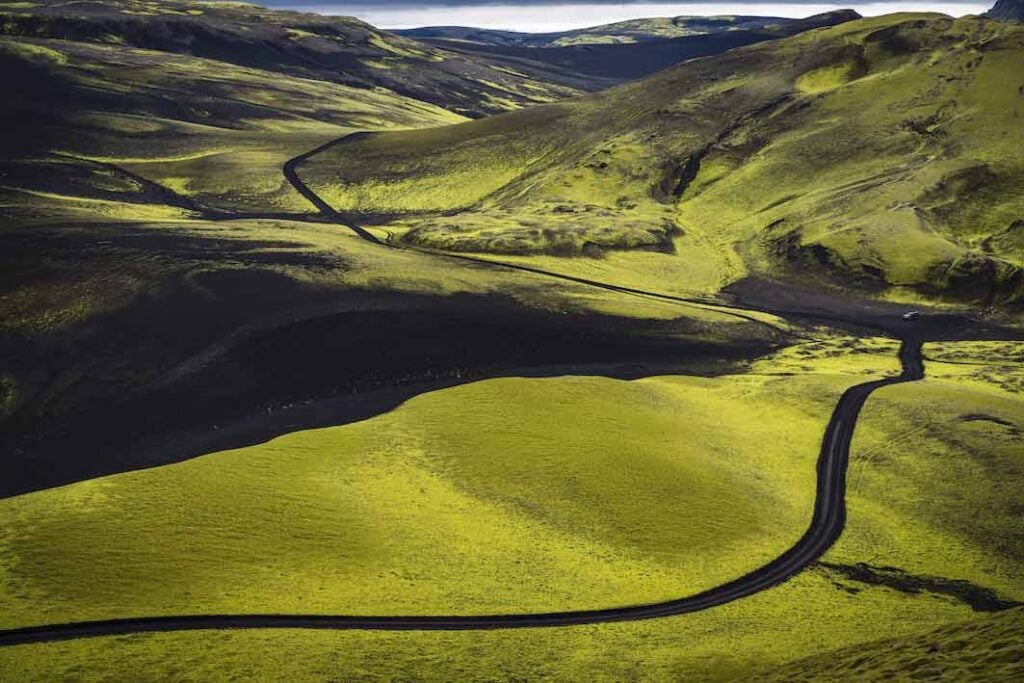
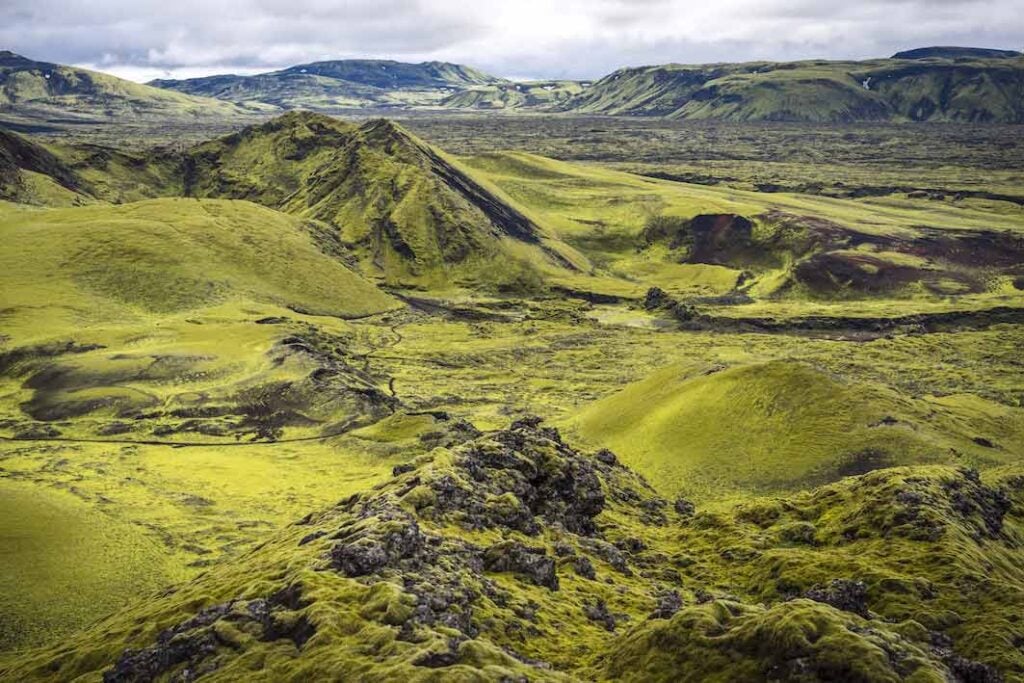
Vestur-Skaftafellssýsla 03/02/2025 – RX1R II, A7R III – FE 1.4/24mm GM, FE 1.4/50mm Z, FE 2.8/90mm G, 2.0/35mm Z – Photography & text: Páll Stefánsson

